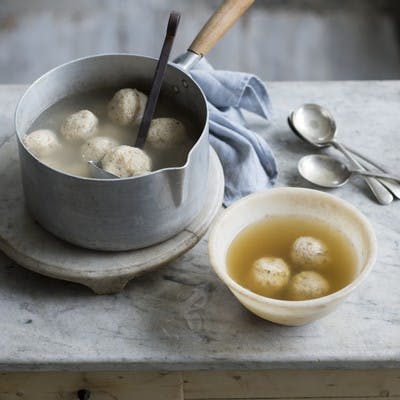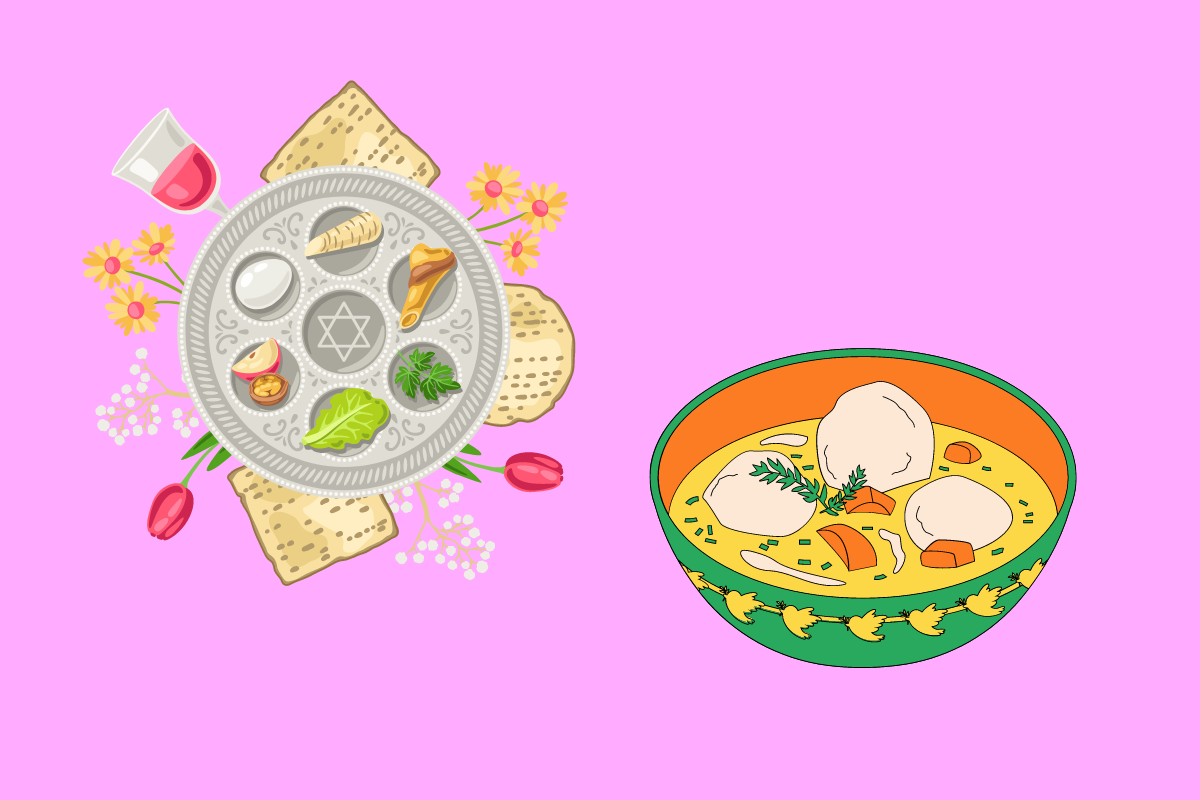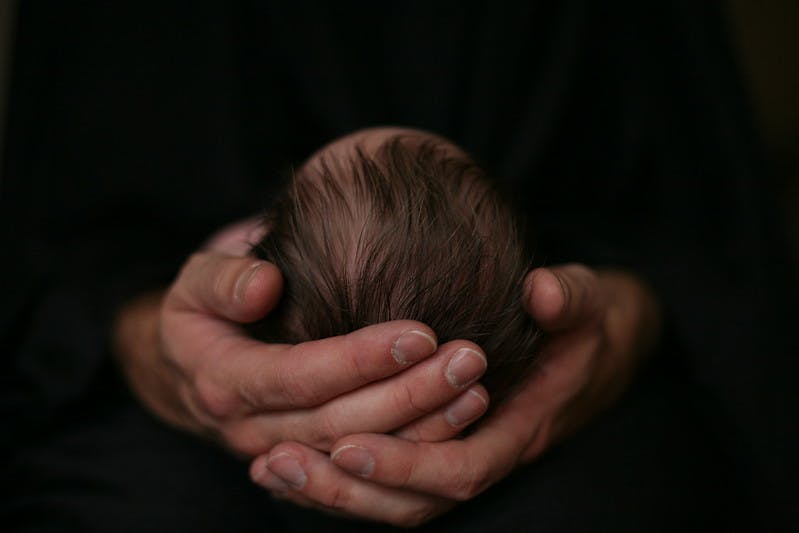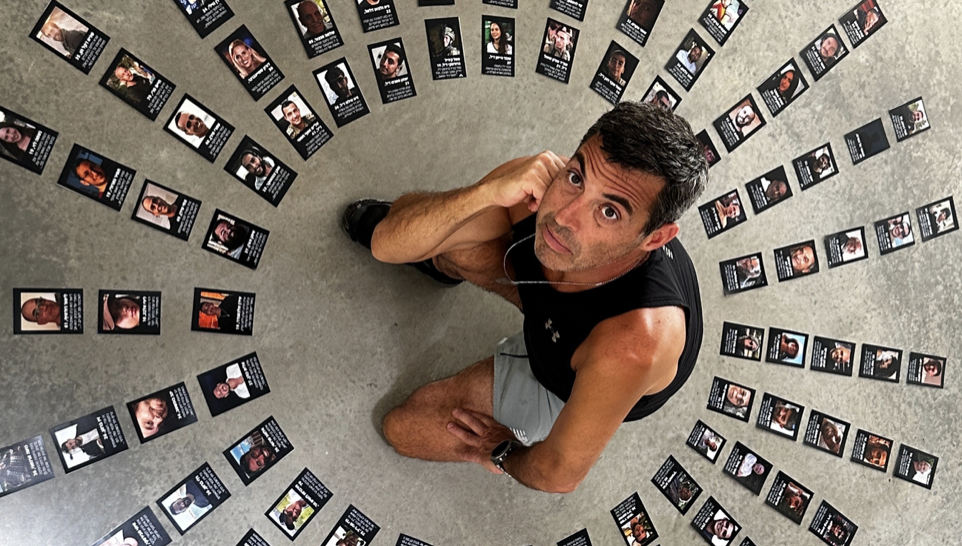Published: 18 April 2024
Last updated: 17 April 2024
I really love a Jewish festival. I think, talk about and plan the food of festivals more than the usual person. I have always found the seriously unfunny, definitely irreverent Jewish festival joke, “they tried to kill us, we survived, let’s eat,” quite funny. Each time a festival rolled around, I said it and laughed. It was the truth laced with dark humour about stories from long, long ago.
In a nutshell, in each story, the Jews survived an attempted annihilation or restriction of freedom/religious practices. This survival was a cause for celebration which, in turn, became a festival. In true Jewish (food obsessed) style, food was then created around the story of that failed bid and resulting celebration. The trifecta of these particular festivals, and best known, are Chanukah, Purim and Pesach.
Chanukah (2nd century BCE) celebrates the victory of Judah and his Maccabees over the Syrian Greeks, against all odds. The story focuses on the miracle that followed the destruction of the Jewish temple: to re-dedicate the temple, the Maccabees needed to light the sanctifying candle and found only enough oil for one day.
They lit the candle and it lasted for eight days, enough time to replenish the oil supply. Today, we spend a joyous (and I mean joyous!) week eating food fried in oil (as a symbolic gesture) - potato latkes and doughnuts - to celebrate survival.
Pesach (Passover) is the jewel in the “kill, survive, let’s eat” crown and one of the biggest festivals in our calendar. It celebrates the Exodus of the Israelites from Egypt (14th century BCE), when Moses saved the people from slavery and guided them through the desert back to their ancestral homeland. They picked up the Ten Commandments and the first Jewish laws along the way.
So what do we do to mark this moment? We eat like there is no tomorrow. No joke. We also eat a ridiculous amount of matzah (unleavened flatbread) over the eight days to remember that the Israelites fled without time for their bread to rise. It is a challenging time for many as this symbolism leads to even more digestive issues than those already suffered by many in our community. Oy.
Pesach involves weeks of planning. How many will be at my seder table? What will I cook? How many matzah balls per person? Which brisket will I make? How do I make a Pesach cake that doesn’t taste like a Pesach cake? Will the kids come to our seder or go to their in-laws? So many big decisions.
It is a challenging time; the matzah leads to more digestive issues than those already suffered.

When the seder night finally arrives, we celebrate freedom in a huge way. We feast for hours, while saying prayers, reading stories and singing songs. It is a very special and meaningful time, family and friends often crammed around a table, with lots of wine (a mandatory four cups!) and so much food.
From beginning to end, this seder meal is fully loaded with traditions and rituals, and I love the ones around the food. We start with the ‘seder plate’, six foods to symbolise parts of the Pesach story. Matzah, shank bone (sacrifice), parsley (hope and renewal), bitter herbs (bitterness), hard-boiled egg (mourning/the circle of life) and charoset. Plus salt water alongside for dipping, to remind us of the tears we wept.
The charoset is the thing that we most look forward to in the early part of the seder, generously shmeared on matzah; in my Ashkenazi world, it is a truly delicious mix of apple, walnut, honey, cinnamon and sweet wine, representing the mortar for brickwork used by the Israelite slaves.
Each family has its own food traditions, often passed down through the generations. My parents hosted the seder for 60-plus years and they would have “not 44” people. Superstition dictated we were never allowed to say exactly how many were coming to dinner.
We always started with rich, golden chicken soup and the essential matzah balls. Some years the matzah balls were light and fluffy, and some years we ate cannonballs. Heart-warmingly delicious every time.
In these devastatingly difficult times for Israel and the diaspora community, it’s a harder Pesach than usual.
Main course was identical every single year. My mother’s ‘calf’ (aka veal) brisket was a slow cooked onion-smothered, salty, oily and succulent brisket on the bone. It was always accompanied by what we called ulnyik, an oven-tray sized slab of golden fried, salty, oily (yes, there is a theme here) potato roesti. I am proud that these precious and unique recipes are shared and preserved for the next generation in our very first book, Monday Morning Cooking Club - the food, the stories, the sisterhood (2011).
At the end of the seder meal we say “next year in Jerusalem!” It was originally written more than 500 years ago as a hope for the Jewish people to one day return to their homeland, as they did when they left Egypt. It’s different now because Israel exists, so we can actually travel to Jerusalem next Passover. I think of it as a shout out to the continued survival of Jerusalem (and really the whole of Israel) alongside a wish that we can all live in peace.
In these devastatingly difficult times for Israel and the diaspora community, it’s a harder Pesach than usual. It’s impossible to celebrate our survival while our survival is under threat. It’s impossible to enjoy the Pesach week while so many remain hostage in Gaza, unable to enjoy life.
I am optimistic and hopeful that next year we will be able, once again, to focus on celebrating our continued survival and we can just sit down and eat. Next year in Jerusalem!





Comments
No comments on this article yet. Be the first to add your thoughts.